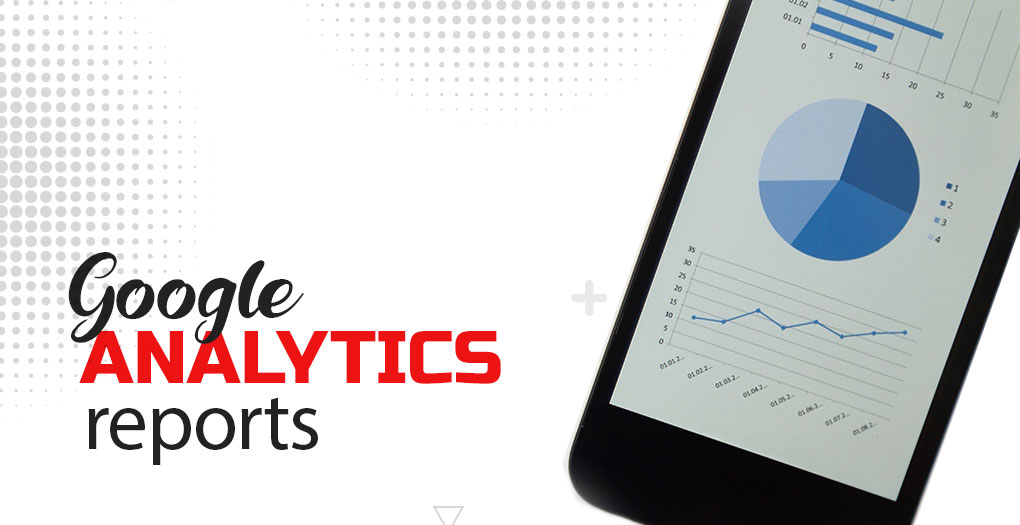People make so many obvious mistakes. One of the biggest reporting mistakes is not making clear if the performance is good, bad, or otherwise. It’s missing context.
Recommend five strategies to provide the context in your reports:
2. Use Industry Benchmarks.
3. Use Averages.
4. Use Like-Type Time Periods.
5. Use Segments.
They are roughly in priority order, from the most valuable (most challenging to do) to the little less useful (easiest to do). An additional benefit of providing context: You are packaging a little bit of your brilliant brain in your reports – that is invaluable.
A very common mistake in reporting is to report on the important metric you care about by itself. I call these important but lonely metrics. I feel sad for them. Why not pair your important metric with some other that will give you more insight into what really is happening? You'll understand the performance of one and get actionable context from the other.
Let me illustrate. Let's say your key metric is checking which browser sending you more visitors. You spend on Google Adwords and you want to see. And here we go of course majority will come from Google. Then the useless report is created.
Now let's add it to it another metric - bounce rate. And you see it is the highest from Google and let say lowest from Yahoo. And here we go now you know what really is happening. And you can take the action.
Tribal knowledge tip
If there is a "killer app" for getting context to your web analytics data it is tribal knowledge. Information about initiatives, marketing programs, website updates, changes, management re-org :), server outages, PPC, direct marketing and on and on and on: Things that have an impact on your website.
Web Analytics, and in turn Analysts, sit in a silo. This means that very often they have no idea about all the things that people are doing on the site or their acquisition strategies. So they look at all these numbers and metrics and trends and then like Tarot Card readers guess what the numbers mean!! A futile exercise.

